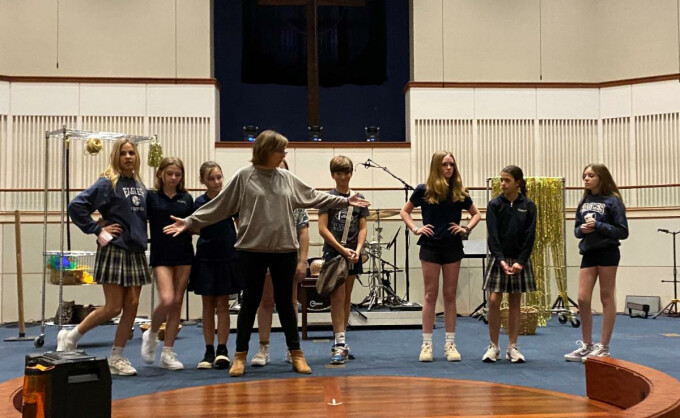PCA Board Chairman Inducted Into Hall Of Fame

The 2022 College of Charleston Athletics Hall of Fame Class has been selected and PCA Board Chairman, Dr. John Graham, is among the group of six honorees who were inducted in a special ceremony this past Saturday.
A press release from the College of Charleston states that "Dr. Graham worked side by side with the College of Charleston Athletics Department and Sports Medicine department for over 25 years. He was an integral part of our student-athlete health and success since we moved from an NAIA institution to current day success. Dr. Graham was the sole Orthopedic Provider for our department for the last 25 years and during this graciously assisted us with answering calls, evaluating injuries, and performing surgeries on our student-athletes, coaches, and staff. He has helped mold and shape the care we provide today. He has cared for All-Americans, Olympic competitors, and professional athletes while they represented CofC collegiately. Dr. John Graham represented our school values and expectations at the highest levels during his time with us!”
In his induction address, Dr. Graham used the opportunity to share the following: "As I begin, it is important for me to speak to my purposes in life and motivations to deliver excellent care. My calling and desires are based on Christ’s work in my life. He has demonstrated grace to me, and in humility and with gratitude, I desire to demonstrate that grace to others.”
Congratulations to Dr. Graham on this tremendous honor. We are grateful for his continued support and godly leadership at PCA.

